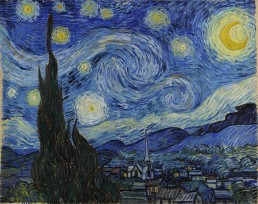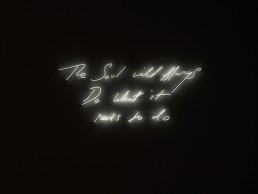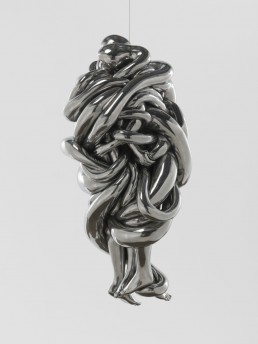What ‘Blue Chip’ Art Is All About
Blue Chip. You have probably come across the term if you have set foot at an art fair or if you are wandering the streets of the financial landscape on a daily basis. Have you ever wondered where the term has its roots? Or is the term completely new to you, bringing quite a range of associations into play? What kind of chip? Why blue? Whatever the case, ‘blue chip’ is part of the art market lingo. The story goes like this…
Meaning
Within the art world, ‘blue chip’ refers to art with great value that is reliably profitable and expected to hold or increase its economic value, regardless of the general economic ups and downs. These artists are icons whose works’ value have been decided through consistent years of sales, and confirmed at auction, while early blue chip artists are emerging talents who show signs of exponential resale growth. You also talk about blue chip galleries which refers to galleries who focus selling the work of artists whose works are well catalogued and authenticated and will most likely keep increasing in value.


Origin
The term ‘blue chip’ stems from the stock market and refers to a stock that sells at a high price because of public confidence in its long record of steady earnings. In 1923, Oliver Gingold, an employee at Dow Jones, observed certain stocks trading at $200 or more per share which he referred to as “blue chip stocks”, a reference to poker chips of which blue is usually the most valuable. When art, a few decades later, became a commodity the phrase became a part of the art market lingo.
Rothko, Emin, Richter, Bourgeois…
Blue Chip Art brings about a lot of wow-moments. They vary in form, size, color and style, but they are all immersed in a special aura that make them stand out as historic landmarks. Here is a bunch of wow-moments:







As history runs its course, the list of these works gets longer, as does the wishlist for private art collectors around the world. Luckily for the majority of people, museums worldwide often have these iconic pieces on display which makes it possible for everyone to experience these works up close and have yet another wow-moment. This being both modern art and response to modern age with movements such as dadaism.
Source: Ideelart